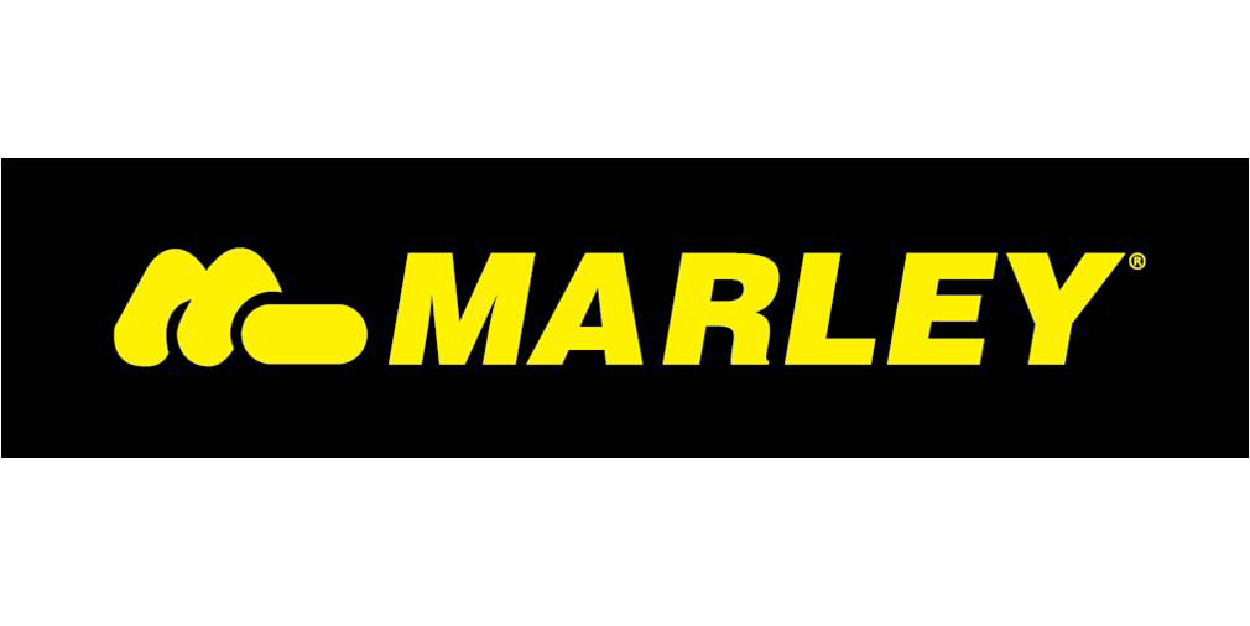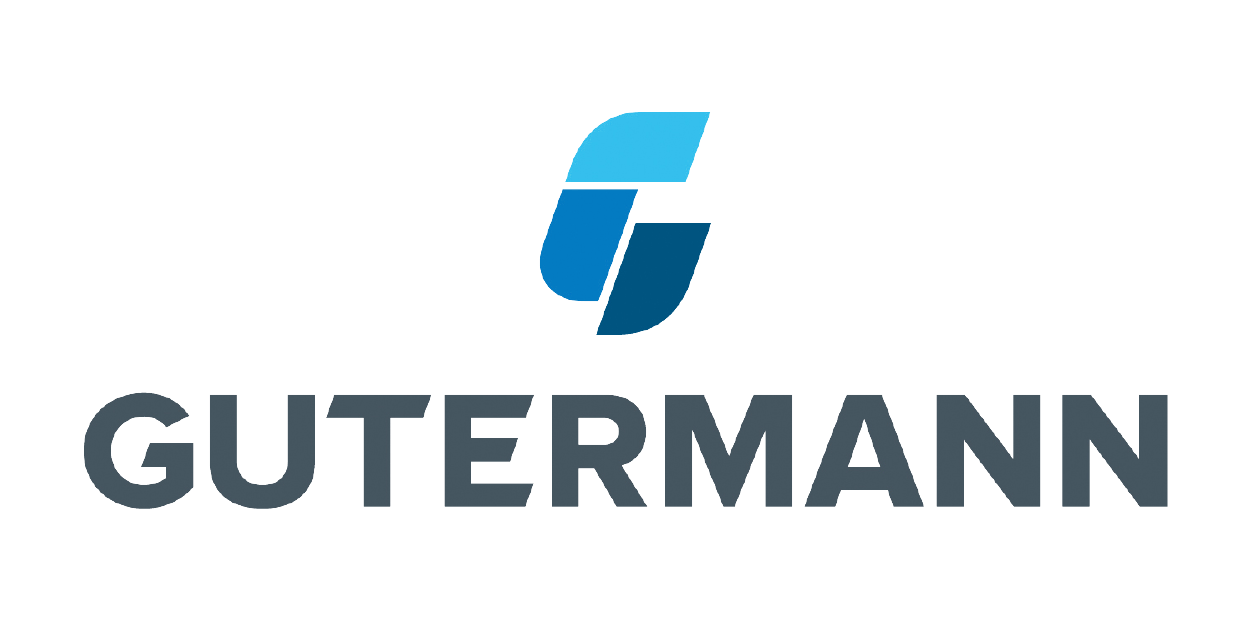
Call Today 09 973 4973 or
Ground Penetrating Radar (GPR) is a highly sophisticated, non-intrusive, and non-destructive technology that is invaluable in various fields, such as archaeology, geology, and notably, leak detection. This advanced method uses radar pulses to create subsurface images, significantly aiding the precise detection and location of leaks in underground pipes and structures. This extensive article will delve deeper into understanding GPR, its principles, its application in leak detection, the advantages and limitations, and its pivotal role in maintaining the integrity and efficiency of infrastructural systems.
The Fundamentals of Ground Penetrating Radar
Ground Penetrating Radar, as the name suggests, operates based on the core principles of radar technology. The tool emits high-frequency radio waves into the ground. As these waves encounter different materials or structures, they are reflected back to the surface. The time it takes for the waves to return and their strength are then analysed to create a detailed picture of the subsurface – a process akin to echolocation used by bats and dolphins, but modified for geophysical applications.
GPR’s functionality is rooted in the electromagnetic theory, wave propagation, and scattering theory. It works by sending a tiny pulse of energy into a material via the antenna. When the energy pulse hits a buried object or a boundary with different dielectric constants, the receiving antenna records variations in the return signal. The principles behind GPR can get incredibly complex, involving advanced physics and mathematics, but the practical application of this technology has been honed to be user-friendly and efficient for professionals in the field.
The depth range of GPR is limited by the electrical conductivity of the ground, the transmitted centre frequency, and the radiated power. As the electrical conductivity increases, the penetration depth decreases. This is because the electromagnetic energy is more quickly absorbed into the ground. Higher frequencies do not penetrate as far as lower frequencies, but give better resolution. Optimal depth penetration is achieved in ice where the depth of penetration can achieve several thousand metres. Good penetration is also achieved in dry sandy soils or massive dry materials such as granite, limestone, and concrete.
Ground Penetrating Radar in Leak Detection
In the context of leak detection, GPR stands as a highly effective tool, especially when dealing with non-metallic pipes like PVC or concrete. These types of pipes are typically more challenging to inspect using traditional metal detectors or acoustic techniques. GPR can identify anomalies in the subsurface that may indicate the presence of a leak, such as saturated soil around a pipe or changes in the pipe’s material properties.
The application of GPR in leak detection begins with the establishment of a baseline. A GPR device is used to scan a suspected area, with the data collected being used to generate a subsurface profile of that area. The GPR’s ability to detect non-metallic objects and its sensitivity to changes in material composition make it an excellent tool for identifying the signs of potential leaks. The data from a GPR scan can be further analysed using specialised software, providing additional insights into the condition of the subsurface and the presence of any potential leaks.
In many cases, GPR can provide a more cost-effective solution to leak detection than traditional dig-and-repair methods. By accurately locating leaks before any excavation is done, the amount of disruption caused can be significantly reduced, saving time and money.
Advantages and Limitations of Ground Penetrating Radar
One of the major advantages of GPR is its non-invasive nature. Because it doesn’t require any digging or drilling to get a visualisation of the subsurface, the potential for property damage and disruption is drastically reduced. Furthermore, GPR can provide a real-time, detailed view of the subsurface, allowing for immediate analysis and decision-making.
Like any technology, GPR has its limitations. Its effectiveness is largely dependent on the composition of the soil or material being scanned. For instance, heavy clay soils, saltwater, and certain types of rock can limit the penetration depth of the radar waves, reducing the overall effectiveness of the method. This is why GPR is often used in conjunction with other detection methods, to ensure a comprehensive understanding of the subsurface condition.
GPR requires skilled interpretation. Although modern GPR equipment and software can provide impressive imaging, the raw data can often be challenging to interpret accurately, especially in complex environments. This is why it’s crucial to have trained and experienced professionals operating the equipment and interpreting the data.
Despite these limitations, the benefits of using GPR in leak detection are substantial. With its ability to provide real-time, non-destructive imaging of the subsurface, GPR stands as a valuable tool in the leak detection industry.
The Role of Ground Penetrating Radar in Infrastructure Maintenance
The importance of GPR extends beyond simple leak detection. Its ability to visualise the subsurface in detail makes it a crucial tool for preventive maintenance and planning in a variety of sectors. For example, it can identify areas of potential concern in infrastructure such as roadways, bridges, and building foundations, enabling repairs to be carried out before a small issue turns into a significant problem.
In the context of water and sewage systems, regular GPR scanning can help identify not just leaks, but also weak points or damages in the pipes that may lead to leaks in the future. By fixing these issues proactively, utilities can avoid the substantial costs and disruption associated with major leaks or pipe failures.
GPR plays a vital role in environmental conservation. By accurately detecting and locating leaks, especially in underground pipes and tanks, it helps prevent contaminants from seeping into the soil and groundwater. Thus, GPR contributes significantly to maintaining the health and safety of our environment.
Ground Penetrating Radar is a powerful and versatile technology that plays a crucial role in leak detection and infrastructure maintenance. Its ability to provide detailed, real-time, and non-destructive imaging of the subsurface makes it an invaluable tool for professionals in these fields. With the advancements in GPR technology and software, its applications and effectiveness are set to increase even further, enhancing our ability to maintain and improve the vital infrastructure that our society depends on.
Suppliers




